Twilight at 20: The vampire saga that transformed YA and the broader culture
Stephenie Meyer’s phenom turns 20 years old this year. For its milestone birthday, we explore Twilight's impact.
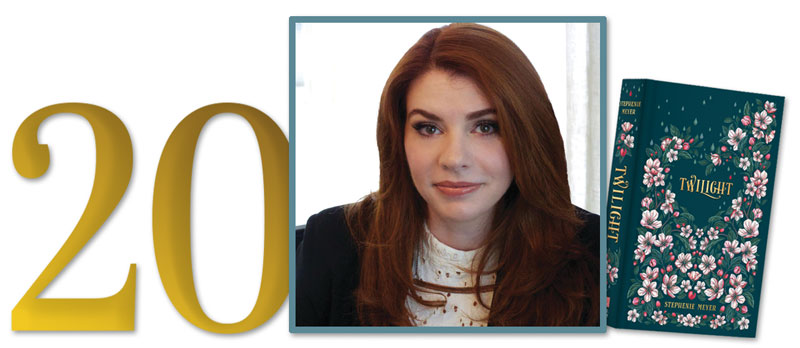 |
Photo by Jake Abel |
Stephenie Meyer’s phenom Twilight turns 20 years old this year. The book—the first in a series that has sold hundreds of millions of copies worldwide and spawned blockbuster adaptations—has made an indelible mark on YA literature. Twilight ignited a fierce and loyal fandom, brought teens and adults back into reading (or reading for pleasure for the first time), and sparked a renaissance in paranormal romance and vampire stories.
Twilight inspired writers and other creatives and helped librarians make meaningful connections in their communities. None of this was without criticism: Twilight evoked strong feelings about what makes a worthy female character, as well as how Native people should be depicted.
For its 20th birthday, let’s explore the ways Twilight has impacted the book world and the broader culture over the last two decades.
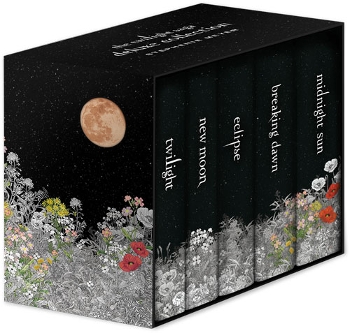
Career breakthroughs
“As a children’s bookseller at Changing Hands Bookstore in Tempe, AZ, I was immediately thrown into the Twilight machine,” said Jamie Tan, who works in marketing for Sourcebooks. Tan says fellow bookseller Faith Hochhalter was one of the first to see the potential ofTwilight, and that fact helped solidify a relationship among the indie bookstore; Twilight’s publisher Little, Brown; and Meyer, who is an Arizona resident herself.
Changing Hands became a destination for diehard fans, many making cross-country trips to the bookstore to be in the same space where the author of their favorite book had signed copies and done other events.
Tan’s first large-scale author event was for the release of 2008’s Breaking Dawn, the fourth entry in the “Twilight Saga.” That was the moment she realized her passion for doing event introductions and managing details like signing lines, and understood the intentionality behind every marketing decision made before books even arrived at the bookstore.
“During brainstorming sessions with my fandom-forward publishing colleague Stephanie Pando, we’d ask questions using ourselves and our experiences as test cases,” Tan says. “Will this item we are creating be appealing to fans? Does our marketing contain enough of a reference so that our intended audiences will know what we’re getting at? Is this something that we would have been excited about in our pre-publishing lives?”
The books didn’t just impact Tan’s career. She also enjoyed the Twilight story itself and the way Meyer captured teen behavior in the character Bella. “There’s a reason this has stuck around. And even though a lot of people, myself included, love to poke fun at it, it’s become an organic way to bring up thoughts surrounding consent and what behaviors you look for—or don’t support—in a partner,” she says.
Ilyana Kadushin was an actress living in New York City when she was called in to audition for an audiobook recording of Twilight. At the audition, she also met Meyer, experiences that were pivotal to her life and career.
After narrating Twilight, Kadushin could feel the momentum for the series growing while she recorded 2006’s New Moon. Fans, eager for the next installment, helped make Kadushin’s first audiobook narration memorable and exciting, sending her messages from across the globe.
“Some [of the fans] learned English by listening to these audiobooks,” says Kadushin. “They would share with me what they loved about the story, the characters, my performance. A soldier in Afghanistan sent me a care package to thank me for telling him stories, which relieved stress for him.”
One of the highlights for Kadushin has been hearing fans say they connected more with her performance of Edward in the audiobook than his portrayal by Robert Pattinson in the films. Given that Twilight was her first audiobook performance, Kadushin gives it credit for how she shaped her career in voice narration.
“My approach as a narrator in terms of youthful outlook, emotional connection, and vulnerability, as opposed to doing ‘voices,’ was really formative for me,” she says. She has now recorded more than 100 more audiobooks, including many works of young adult fantasy and science fiction.
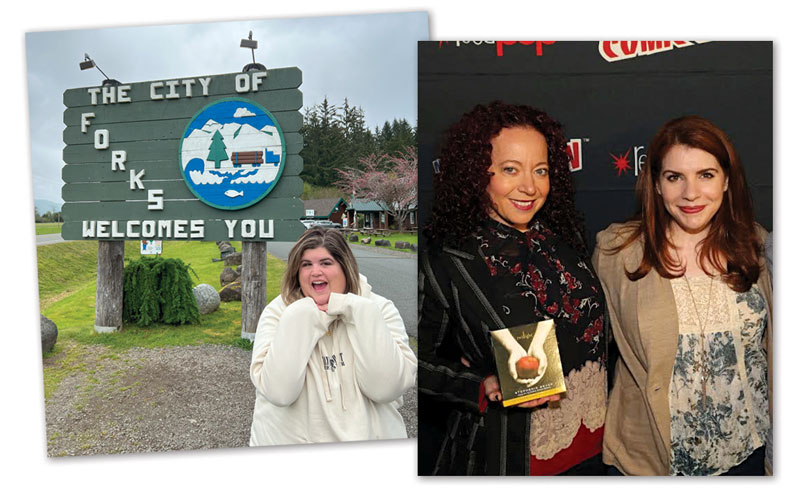 |
From left: Julie Murphy visits Forks, WA; Ilyana Kadushin and Meyer at Comic-Con NYC,
|
Creative inspiration for authors and fans
Although Twilight featured the paranormal and influenced a wave of stories that focused on everything from vampires to sirens, writers across genres, like New York Times bestselling author Julie Murphy, were inspired by Meyer’s books and career.
“Twilight was the first time I read something that felt attainable to me,” says Murphy, who published her debut novel, Side Effects May Vary, in 2014. “I never expected my career to be anything like Stephenie Meyer’s, but [she] did inspire me to write and believe that at least one person out there might someday read something of mine.”
Twilight landed in Murphy’s hands during college, providing an escape during a tumultuous time in her home life. She watched the film adaptation more than 20 times with her best friend, strengthening their bond at a time when she most needed it. Twilight, its fandom, and especially the partially written draft of Midnight Sun—Twilight as told through the eyes of Edward, first posted to Meyer’s website in 2009 after chapters leaked before its intended publication—helped the self-described introvert forge connections with others.
Andrea L. Rogers found a different inspiration from Twilight. Her eldest daughter read the book first, and Rogers picked it up to do her due diligence as a parent. She found it mostly harmless, but as the series progressed, she found more issues with the character development and storytelling.
A lifelong fascination with vampire lore—including through Anne Rice’s Interview with the Vampire and The Vampire Lestat—inspired Rogers to write her own interwoven collection of paranormal short stories, Man Made Monsters.
“If Twilight did it, I tried to undo it,” says Rogers, citing the uncomfortable Twilight age gap between vampires and teen love interests, as well as how Bella fails to recognize the power and insight that come with aging. “[She] bemoans getting old and unattractive, not valuing what life experience brings along with age.”
Twilight also inspired Bella, a Cherokee woman who is the lead character in Rogers’s play “The Land Has Spoken: Tales of Indigenous Horror.” Rogers doesn’t consider herself a fan of the “Twilight” series, though she admits to having a soft spot for the jokes and memes it spawned and understands why the story has become such a cultural powerhouse.
Alex Assan, author and artist of Sunhead: A Graphic Novel, agrees, saying: “I think part of Twilight’s staying power has to do with how we still crave that uncompromising, earnest, unself-conscious quality that other media seems to be so afraid of embracing. As a creator, there’s a part of me that envies Stephenie Meyer for being able to write like that.”
Assan didn’t read Twilight growing up and was a vocal critic of the series. Like Rogers, he found Rice’s vampire lore more appealing. But Assan reflects now on those judgments from his teen years—that Twilight was a shallow romance for teen girls rather than serious literature—and sees that they likely stemmed from a place of personal insecurity around gender and femininity.
“Twilight never pretended to be something it wasn’t, and in retrospect I think that embarrassed and even scared me,” he says. “I’m a man now, but I identified as a girl at the time, and my relationship with femininity was fraught and complex. Twilight was way, way too girly for me, and I didn’t want to be associated with it at all.”
Despite not engaging with the “Twilight” books nor fandom, Assan’s Sunhead plays with many of the same themes and characters as the series. The coming-of-queerness story follows Rotem, a girl obsessed with the “Sunrise” series of books that feature a dark, broody love interest named Edmund. The books allow Rotem to develop a relationship with classmate Ayala and examine ideas around attraction, society’s expectations of gender, and the ways a queer reader interacts with a heterosexual text. “Often there’s something kind of queer about women coming together to geek out about romance stories,” says Assan.
Sam Saucier and Lori Rodriguez, cohosts of the Gender Forking podcast and longtime fans of Twilight, had wondered where their niche would be within the fandom. The release of Life and Death: Twilight Reimagined in 2015 helped them nail it down. “We aimed to talk about Twilight as we had never heard it discussed before: through the lens of gender, race, and class, and also as fans,” says Saucier.
Adds Rodriguez: “We discovered Life and Death fresh out of a college experience that had really primed us to be thinking about gender, sexuality, race, class, and religion critically. We immediately knew we had too much to say to keep it to ourselves.”
Gender Forking listeners tend to be women and LGBTQIA+ folks between 20 and 40, many of whom read the series either when they were teens or when it was first published. Those listeners, like the podcast hosts, have reimmersed themselves in the series, thinking about it through new lenses.
“When Twilight first became popular, there was a lot of shame directed at the women and girls who made up the fandom,” says Saucier. “A lot of the energy I see now within the fandom is about reclaiming this interest that many faced a level of backlash for, which is so joyous.”
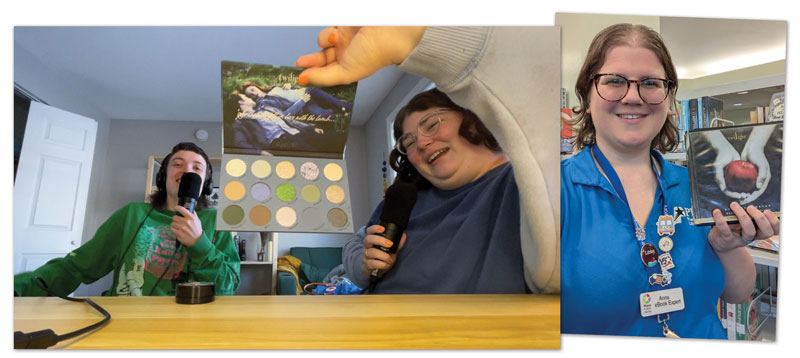 |
From left: Sam Saucier and Lori Rodriguez, cohosts of the Gender Forking podcast; Anna Kopinska.Courtesy of Sam Saucier and Lori Rodriguez; Courtesy of Anna Kopinska. |
Librarians lean in
While librarians helped Twilight reach the hands of eager readers, the book has played several other important roles in libraries, too. From release parties to Twilight-themed events for teens, the popularity and ubiquity of the series made it ideal for library programming. But there’s even more to where and how the book has made an impact with librarians.
Anna Kopinska, a public services librarian in Plano, TX, says Twilight spurred her interest in becoming a librarian. When the local public librarian visited her middle school to do book talks, including Twilight, she predicted it would be “the next big thing.”
Then, before publication of the series’s second book, New Moon, Kopinska’s middle school librarian gave her an advanced reader copy.
“[She] lent it to me first, making me promise that I would share it responsibly with my friends,” says Kopinska. “I remember thinking how cool librarians were. They knew all of these amazing books and got early access to them.”
Fandom was a huge part of Kopinska’s middle and high school experience. She spent hours scouring Meyer’s website for details about the characters and upcoming entries in the series. Bella was a character she could both relate to and see reflected in her friends, something she’d not experienced with many other books.
Kopinska remains in touch with the middle school librarian with whom she bonded over the “Twilight” series and to whom she could turn as she began working in libraries. That librarian even provided a letter of recommendation when Kopinska applied to earn her master’s in library science.
“It was the book that started it all for me,” she said. “Twilight became a rallying cry for girls who liked to read. It really popularized romance for teens. I consider it the grandmother of romantasy.”
Former Chicago-area library director and current library consultant Renee Grassi considers Twilight an important book for her career journey, too—though in surprising ways. She was introduced to the title in a children’s and young adult literature class in graduate school and held on to the book when she took her first library job the following year.
That book helped her learn how to navigate her library’s catalog efficiently and effectively, then inspired her own methods for teaching others to do the same.
“I would use it to teach catalog searching skills to new staff [for] learning the difference between title and keyword search,” she says. “As OPAC software became smarter and results were based more on circulation and searching data, we noticed that doing the search for Twilight became more successful, with Twilight often shooting to the top of the results list given its popularity.”
Grassi says it is still her go-to for testing a cataloging system today.
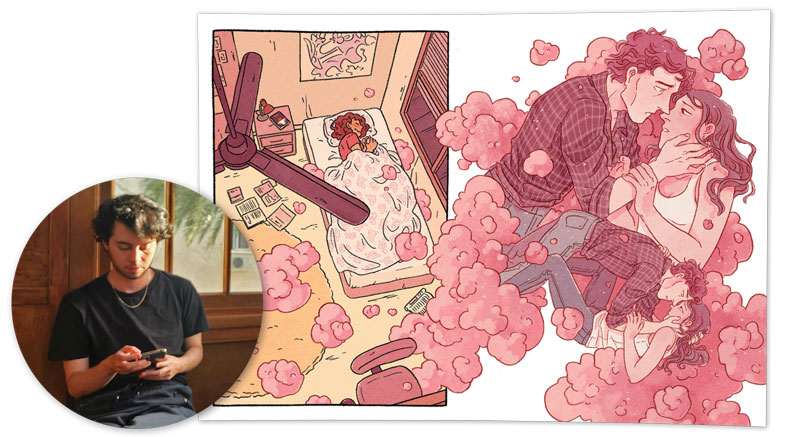 |
Interior art from the graphic novel Sunhead by Alex Assan (left).Page art by Alex Assan from Sunhead (HarperAlley, 2024). |
Twilight’s enduring legacy
If Twilight were first published in 2025, would it be the hit it was 20 years ago? It would certainly see a different level of criticism and reception, including more focus on the way it treats its minority characters.
But Meyer isn’t the same writer she was in the early 2000s, and readers aren’t the same as they were in that era, either. Rodriguez notes that Meyer’s writing in Life and Death: Twilight Reimagined, written 10 years after Twilight, was already different.
“[I]t’s not a shining example of feminism, or racial equity, but the tone is distinct from Twilight in a way that I think is informed by the changing world and just a little bit of Stephenie’s defensiveness to the primary criticisms of Twilight,” says Rodriguez, who believes the conversation around the series would be different in 2025, too. “We would be talking less about ‘Is Bella a boring protagonist/damsel in distress/bad role model?’ and more about some of the bigger, more interesting ideas that this series prompts about what it means to live forever ethically, and to have relationships with individuals and communities in that context.”
Murphy agrees, saying that most 20-year-old media, viewed through today’s cultural and critical lens, would not hold up.
It’s thanks in large part to Twilight that young adult literature has made so much space on shelves for a wider array of stories, voices, and perspectives. “I think it’s safe to say that Twilight created the shelf space for comparable books and the ones that are a counter response, too,” she says. “We are able to have this conversation because Twilight happened.”
It’s not just the books themselves that are worth thinking about in terms of the growth in young adult literature and pop culture—it’s also the fans themselves.
“I really hope that the way we talk about Twilight now, and the regret about how we treated it and its fans before, will inform the way we understand new things that become popular with teenage girls: books, movies, TV shows, bands,” says Assan, noting that girls engage with media they love just as deeply as anyone else.
Without doubt, the authors, podcasters, librarians, and other creatives who’ve found a well of inspiration in Twilight would agree—the book has had a meaningful, lasting impact on their lives and careers.
Kelly Jensen is an editor at Book Riot, a former librarian, and the author of several YA books.
The job outlook in 2030: Librarians will be in demand
The job outlook in 2030: Librarians will be in demand
ALREADY A SUBSCRIBER? LOG IN
We are currently offering this content for free. Sign up now to activate your personal profile, where you can save articles for future viewing





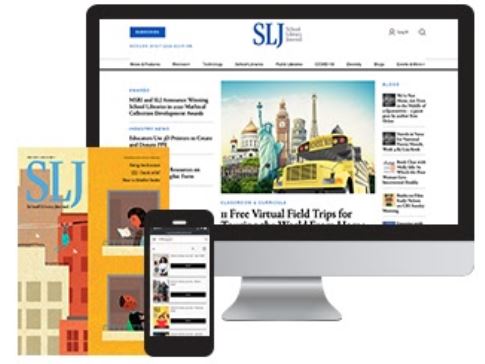
Add Comment :-
Be the first reader to comment.
Comment Policy:
Comment should not be empty !!!